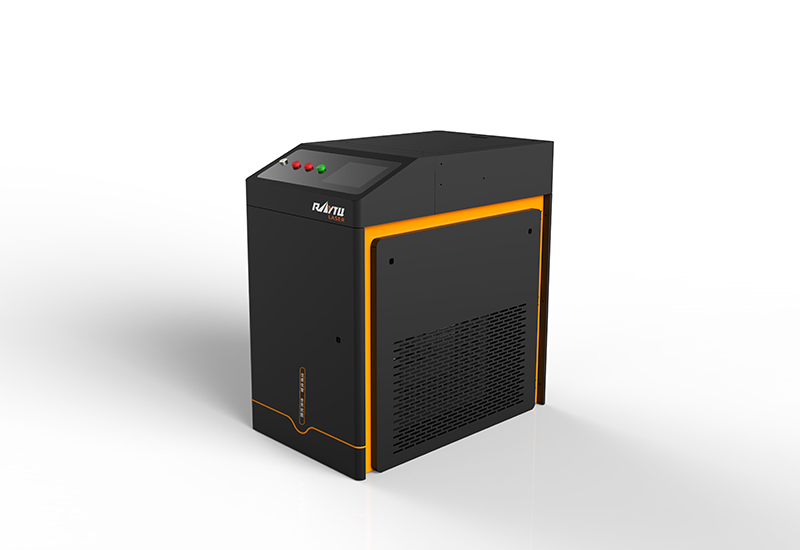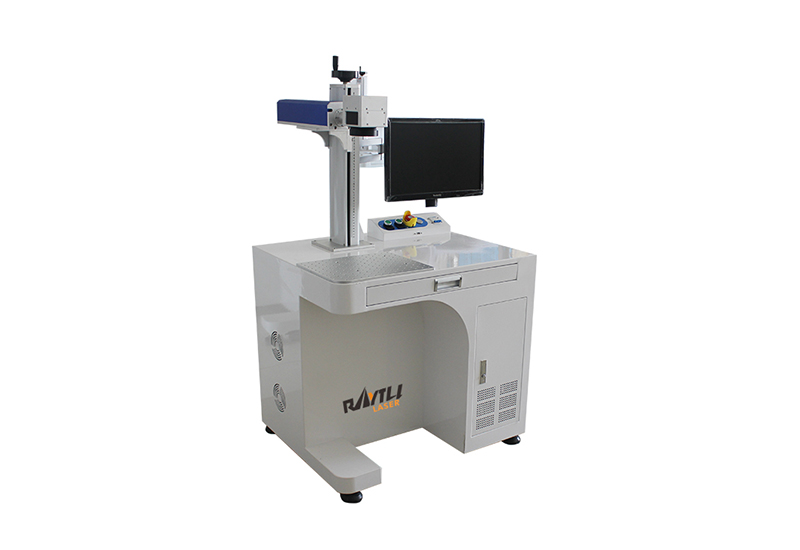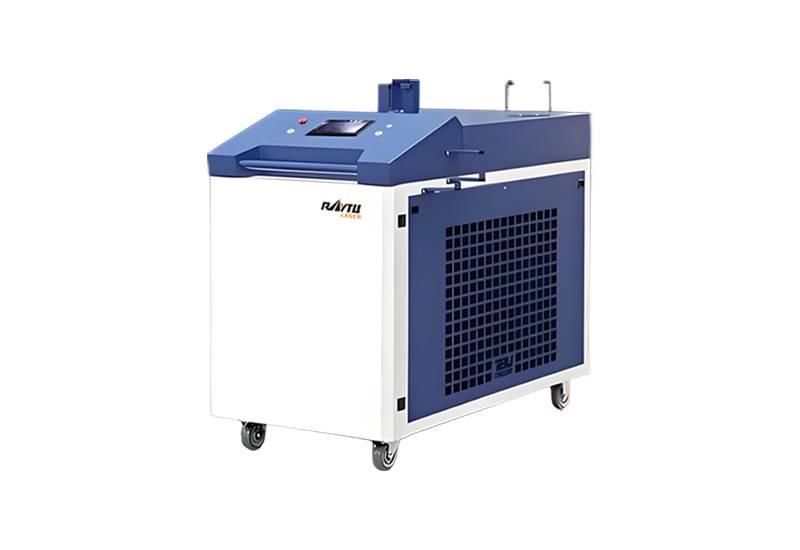IntroductionLaser cutting is a sophisticated technique that is employed for a variety of metal manufacturing operations. It's the ideal solution for producing accurate, consistent cuts on numerous jobs. Manufacturers frequently utilize high-speed laser cutters to produce elaborative designs that demand laser-level accuracy.
It's crucial to understand the different types of lasers that machines utilize and the metals they can work on to choose an optimum metal laser cutter for our projects. Here is a comprehensive guide that covers every imperative aspect of using a high-speed laser for metal cutting operations.
The Working Principle Behind Metal Laser Cutting
Laser cutting involves targeting a metal sheet with a powerful, precisely concentrated laser. A hole is made in the material by the machine's laser beam as it passes through it. The laser penetrates the material after creating a hole and providing a precise cut with a perfect surface finish.
Sometimes, laser cutters employ pulse laser beams that transmit the cut through the laser pulses. Otherwise, continuous waves are used by laser cutters, keeping the beam fixed on the material till the cut is made. In both situations, laser cutting machines slice through the metal workpiece and make precise cuts using high-speed lasers.
Now, let's discuss the two most prominent types of lasers employed for metal cutting operations.
Co₂ vs. Fiber Laser Cutting: Which Is Better for Our Metal Cutting Operations?
Let's delve deeper into the pros and cons of utilizing the two types of lasers.
1. CO₂ Laser
It is a fact that CO₂ laser is produced by passing an electrical current across a glass tube that contains CO₂ and other gases. It implies that although CO₂ lasers could be less expensive, they would only be able to cut less reflective metals and would always need to use oxygen or nitrogen as assist gases.
Also, CO₂ laser cutting equipment is delicate. They are highly sensitive and sophisticated due to the mirror and glass tube pairing and require precise alignment to work optimally. As a result, maintenance and servicing expenses rise with time. However, their initial affordability balances everything.
2. Fiber Laser
In a fiber laser, rare-earth elements such as ytterbium, erbium, & neodymium are introduced to an optical fiber to produce the laser. Unlike CO₂ lasers, fiber lasers don't require an assist gas for cutting operations. This technique results in incredibly steady and simple target lasers.
Fiber lasers are a more recent innovation in the field of laser cutting. They are frequently harnessed in industrial settings for thin metal sheet cutting operations for use in manufacturing parts. Despite the desktop versions of these machines being quite pricey, they offer numerous advantages, like low electricity consumption and minimal moving components.
Undoubtedly, fiber lasers cut metals more quickly, precisely, and with lesser power consumption. Additionally, fiber lasers are simpler to handle and require less ongoing maintenance. Nevertheless, one aspect CNC experts should consider is that fiber lasers often cost twice as much as CO₂ lasers and can't be employed for several material types.
What Kind of Materials Can Lasers Penetrate?
First, mentioning the non-metallic and organic materials, with elementary CO2 cutting machines, cutting materials like plastics (acrylic) & polymers, rubber, cardboard, leather, and wood is simple. It is because certain materials burn quickly and absorb radiation. Contrarily, metal conducts heat and has a reflecting property. Thus for a laser to penetrate, a smaller volume must be exposed to a greater amount of light.
A crucial thing to understand here is that the properties of different metallic materials significantly influence the cutting operations and processes to be employed, along with achieving precision and a smooth surface finish.
Metals like stainless steel and steel can be easily cut by employing powerful, high-speed CO2 lasers. On the contrary, owing to their reflective nature, CO2 cutting operations on aluminum and brass can be challenging. Hence, fiber lasers are frequently used for cutting copper, brass, and aluminum.
Top 3 Benefits of Employing High-Speed Lasers for Metal Cutting Projects
1. Reduced Lead Time
Laser cutting is renowned for its capability to quickly and accurately cut metal. Reducing the time needed to cut materials can speed up production. Laser cutters are also a great tool for rapid prototyping operations. Also, laser cutters enhance fabrication efficiency since numerous components can be configured and cut simultaneously.
2. High Precision and Accuracy
Laser cutting equipment is second to none when it comes to metal cutting and fabrication with precision. The cutters can be programmed to make intricate geometric patterns using a CNC router or metal lathe and lasers accurately generate these cuts and contours within minutes.
3. Better Electrical Efficiency
While other metal cutting processes normally need roughly 50kW of electricity during a single cutting session, laser cutters generally require about 10kW. Hence, laser cutters can assist manufacturers in achieving the objective of less energy utilization and working more efficiently as a cost-cutting and ecologically responsible strategy.
Conclusion
We have touched upon the most vital elements experienced manufacturers, and expert machine operators need to know before employing high-speed lasers for metal cutting projects.
Also, the above-discussed factors make laser cutters suitable to serve in several core manufacturing industries, including- OEM, automotive, aerospace, electronics, medical equipment, etc.
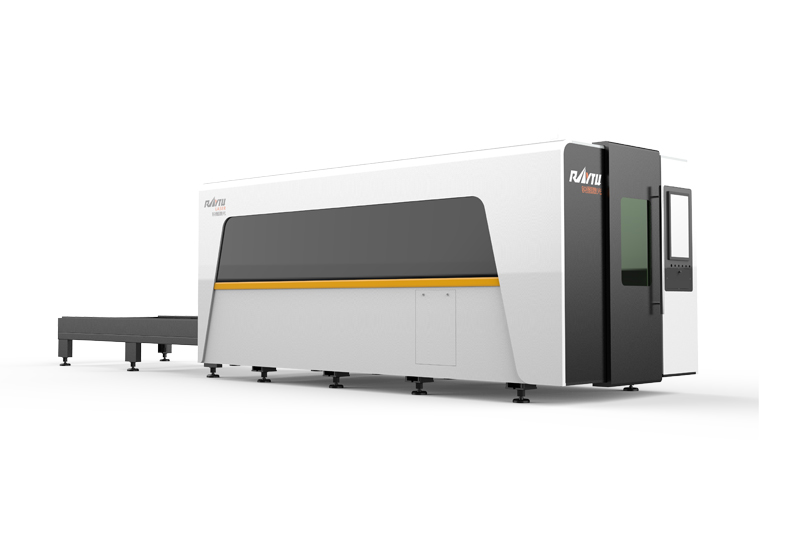 High Power Fiber Laser Cutting Machine
High Power Fiber Laser Cutting Machine
 Enclosed Fiber Laser Cutting Machine
Enclosed Fiber Laser Cutting Machine
 Sheet Metal Laser Cutting Machine
Sheet Metal Laser Cutting Machine
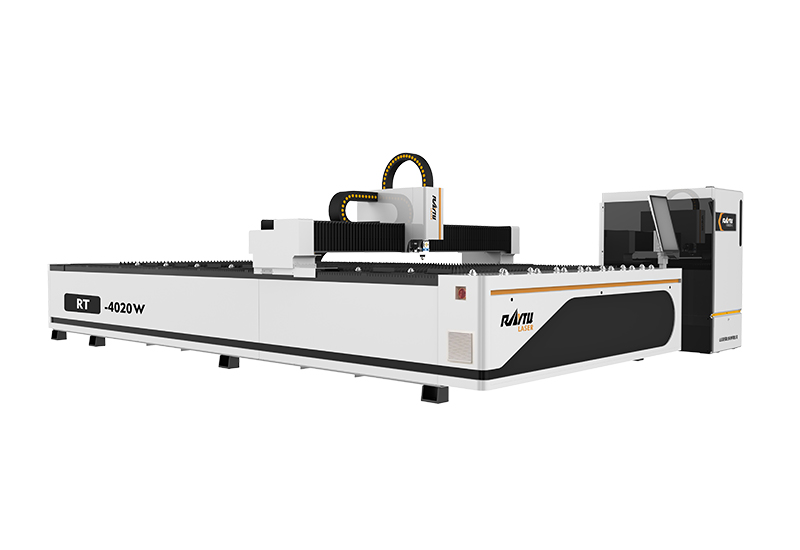 Medium Power Metal Laser Cutting Machine
Medium Power Metal Laser Cutting Machine
 Automatic Tube Laser Cutting Machine
Automatic Tube Laser Cutting Machine
 Coil Fiber Laser Cutting Machine
Coil Fiber Laser Cutting Machine
 RTC-12036M 3 Chucks Tubeeber Laser Cutting Machine
RTC-12036M 3 Chucks Tubeeber Laser Cutting Machine
 Single Table Enclosed Fiber Laser Cutting Machine
Single Table Enclosed Fiber Laser Cutting Machine






 EN
EN ES
ES RU
RU AR
AR